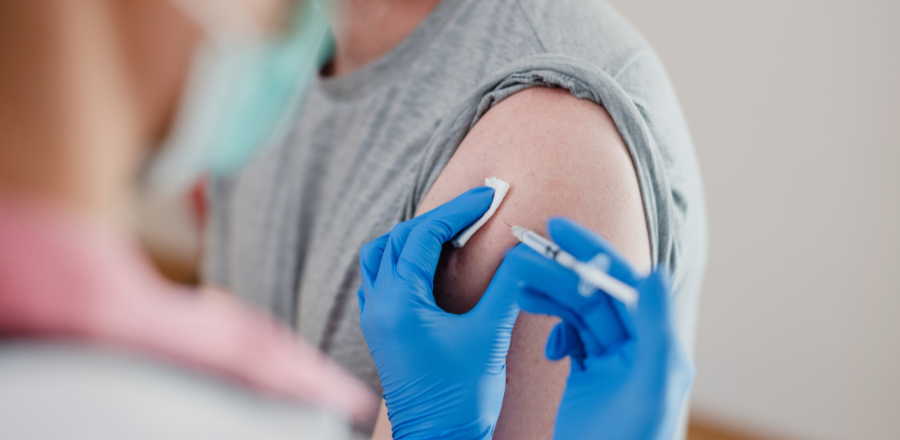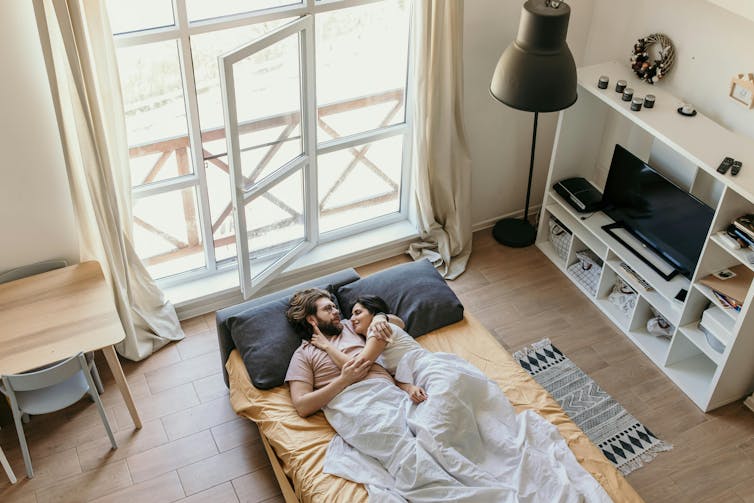Aboriginal and Torres Strait Islander readers are advised that this page and the content below contains the names of people who have died. .
Liverpool City Council has commemorated the extraordinary life of local Aboriginal woman Maria Lock (c. 1805 to 1878) at a memorial rededication ceremony.
Maria Lock (also spelt Locke) had a strong connection to the Liverpool area and is believed to be the first Aboriginal woman granted land by the colonial government.
The updated memorial upon land owned by Maria Lock during the 19th century was unveiled by Mayor of Liverpool Wendy Waller.
“Maria Lock was an extraordinary woman for her time.” Mayor Waller said.
“This memorial celebrates Maria as an Aboriginal woman and a woman living in Liverpool during the harsh early days of the colony.
“Her achievements and legacy should be celebrated, and it is a privilege for the city of Liverpool to honour her memory.”
Maria Lock was an exceptional student at the Native Institution at Parramatta opened by Governor Lachlan Macquarie in 1814. She was reputed to have won an academic award in 1819, as the top pupil among white and Aboriginal students.
Her marriage to convict Robert Lock was the first officially sanctioned union between a European man and an Aboriginal woman.
Robert and Maria Lock had 10 children, nine of whom survived to adulthood. Several of their descendants are still living within Greater Sydney.
In 1831 Maria successfully petitioned NSW Governor Ralph Darling, which lead to a land grant of 40-acres at Liverpool, and another land grant a decade later at Blacktown.
Following her death at Blacktown in 1878, Maria Lock’s land at Liverpool and Blacktown was divided equally amongst her surviving children.
Members of the public are encouraged to visit the Maria Lock memorial at 1 Hoxton Park Rd, Liverpool, adjacent to Liverpool-Parramatta T-way (Brickmakers T-way).
The Life of Maria Lock (c. 1805 to 1878)
· Born near Richmond, NSW around 1805.
· Sometimes referred to as Mary and her married surname was often spelt Locke.
· She was of Aboriginal descent, a Dharug woman of the Boorooberongal clan, or a Darkinung woman.
· Her mother is unknown, and her father was purported to be Yarramundi (also known as Yellomundee) an Aboriginal Chief, known to the Europeans as “the chief of the Richmond Tribes.”
· Yarramundi and his father Gombeeree had early contact with Europeans and met the first NSW Governor Arthur Phillip in 1791.
· In her early years Maria Lock may have gone by the name Bolongaia.
· In 1814 Maria was admitted to the newly opened Native Institution at Parramatta, with her tuition provided for by William and Elizabeth Shelley. She was known there as Maria Cook.
· The Native Institution was established by NSW Governor Lachlan Macquarie to ‘Europeanise’ and assimilate Aboriginal children.
- There are no known records indicating what Maria thought of about her instruction at the Native Institution.
- It appears that Aboriginal children were not permitted to leave the Native Institution during their period of enrolment.
- In 1819 the Sydney Gazette reported that an Aboriginal girl of 14 won first prize at a school examination, ahead of around 20 Aboriginal children at the Native Institution, and almost 100 European students from other schools.
- This student was possibly Maria or another Aboriginal student Betty Cox. Maria Lock was reported by her teachers to be well in advance of the other students.
- In 1822 Maria married an Aboriginal man named Dicky, purported son of the famed Bennelong, and fellow student at the Native Institution, however Dicky died within a few months of their marriage.
- In 1824 Maria remarried an English convict carpenter named Robert Lock, who had been assigned to the construction of the new Native Institution at Blacktown.
- Robert Lock had been sentenced to seven years’ transportation for pig stealing at the Norfolk Quarter Sessions and arrived in NSW in 1821 on the ship Grenada, the same ship that transported his father Jonathon as a convict to the colony.
- The marriage of Maria and Robert was the first officially sanctioned union between an Aboriginal woman and a convict.
- Due to his convict status Robert Lock had to be assigned to a master, and upon his marriage he was assigned to his wife Maria.
- The Locks first settled on a small farm adjoining the Native Institution at Blacktown, before moving to Liverpool where they were employed by the Reverend Robert Cartwright, minister of St Luke’s Church of England.
- Robert and Maria had 10 children during their marriage, nine who lived to adulthood.
- In the State Archives of NSW, within the Colonial Secretary’s papers, is a letter written by Maria on March 3, 1831, from her home at Liverpool, entitled “The Petition of Maria Lock, an Aboriginal Native of New South Wales.”
- In this letter she appealed to the NSW Governor Ralph Darling for land which she claimed had been previously promised to her upon her marriage to Robert Lock, by previous NSW Governor Lachlan Macquarie.
- In her petition Maria stated that she and Robert desired to “earn an honest livelihood, and provide a comfortable home for themselves, and their increasing family.”
- She further stated that Governor Macquarie had previously granted her brother Coley (also known as Colebee or Coleby) land at Blacktown and as Coley was now deceased requested that she be granted that parcel of land.
- Following her request, Maria and Robert were granted 40 acres at Liverpool near the Cartwright family, and they continued to live there for several years.
- Due to her persistence Maria was eventually granted the thirty acres of land formerly belonging to her brother Coley in 1843.
- The Lock family returned to the Blacktown area in 1844 and were granted a further thirty acres there.
- Robert Lock died in 1854 and was buried at St Bartholomew’s Church of England at Prospect.
- Maria died on June 6, 1878 at Windsor and was buried next to her husband at Prospect.
- On her death record she was listed as the “last of the Aboriginals of Blacktown.”
- Following her death Maria and Robert’s land at Liverpool and Blacktown and was divided equally among their children.








